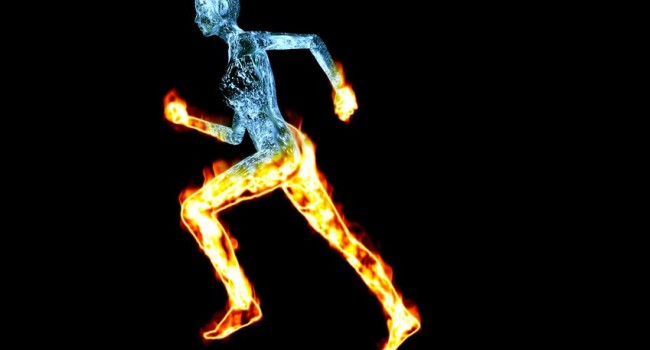
So how do we manage it? Water is the most efficient way as lactic acid is water soluble and it helps to break it down. It is important to drink water both before and during exercise to ensure our bodies do not get dehydrated. Chances are by the time we feel thirsty we are already dehydrated and it is too late to counteract the effects of lactic acid this way. Slowing down and breathing deeply in and out and concentrating on your breathing allows your body to take in more oxygen which will slow down the production of lactic acid.
How you workout is also really important for managing lactic acid buildup. You should not go from being completely sedentary to working out 6 days a week as your body will not cope with the change and will produce more lactic acid then the average person would. It is important to build up intensity and sessions over time which will help the body to adapt to exercise and lactic acid production. This is also true for weights with it being important to increase weight, reps and sets over time. It is also important that when you do start to feel that burn you reduce the intensity of the exercise you are doing at the time. Making sure you stretch after a workout is not only imperative for lactic acid build up but also muscle recovery. By having a stretch after your session and slowly massaging the area of greatest concern you will reduce the tenderness in the area.
Food can also have an impact on managing lactic acid levels. Increasing magnesium levels which will help with natural efficient energy production while reducing the build up of lactic acid. Sources of magnesium are seeds, beans, green leafy vegetables and tofu. Sufficient intake of foods high in fatty acids, such as fatty fish, nuts, seeds and oils. Fatty acids help to break down glucose which is required for normal energy production during a tough workout. B vitamins are another great natural source which helps to transport glucose around the body and fuel muscles throughout a workout. Sources of B vitamins are green leafy vegetables, protein rich foods, eggs and dairy.
It also really important to note that there are natural and medical reasons as to why you may have increased lactic acid. These include cancer, seizures, liver failure, Vitamin B deficiency, sepsis, shock and some drugs.



No comments:
Post a Comment